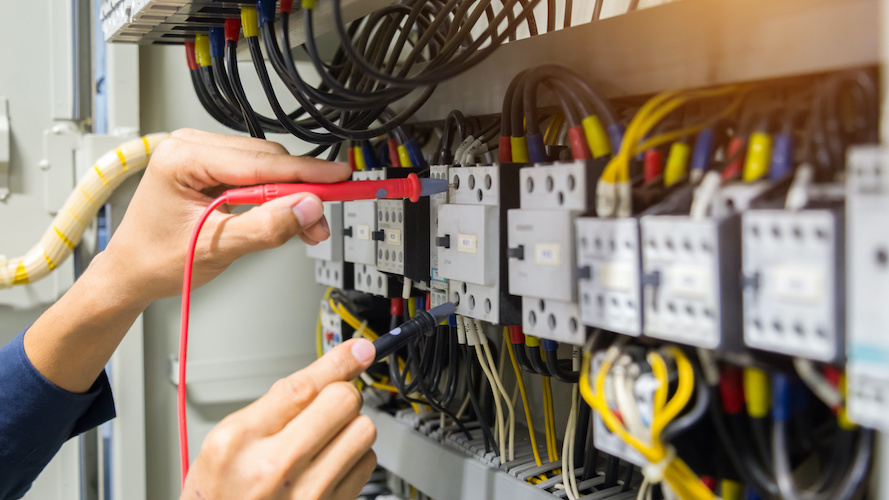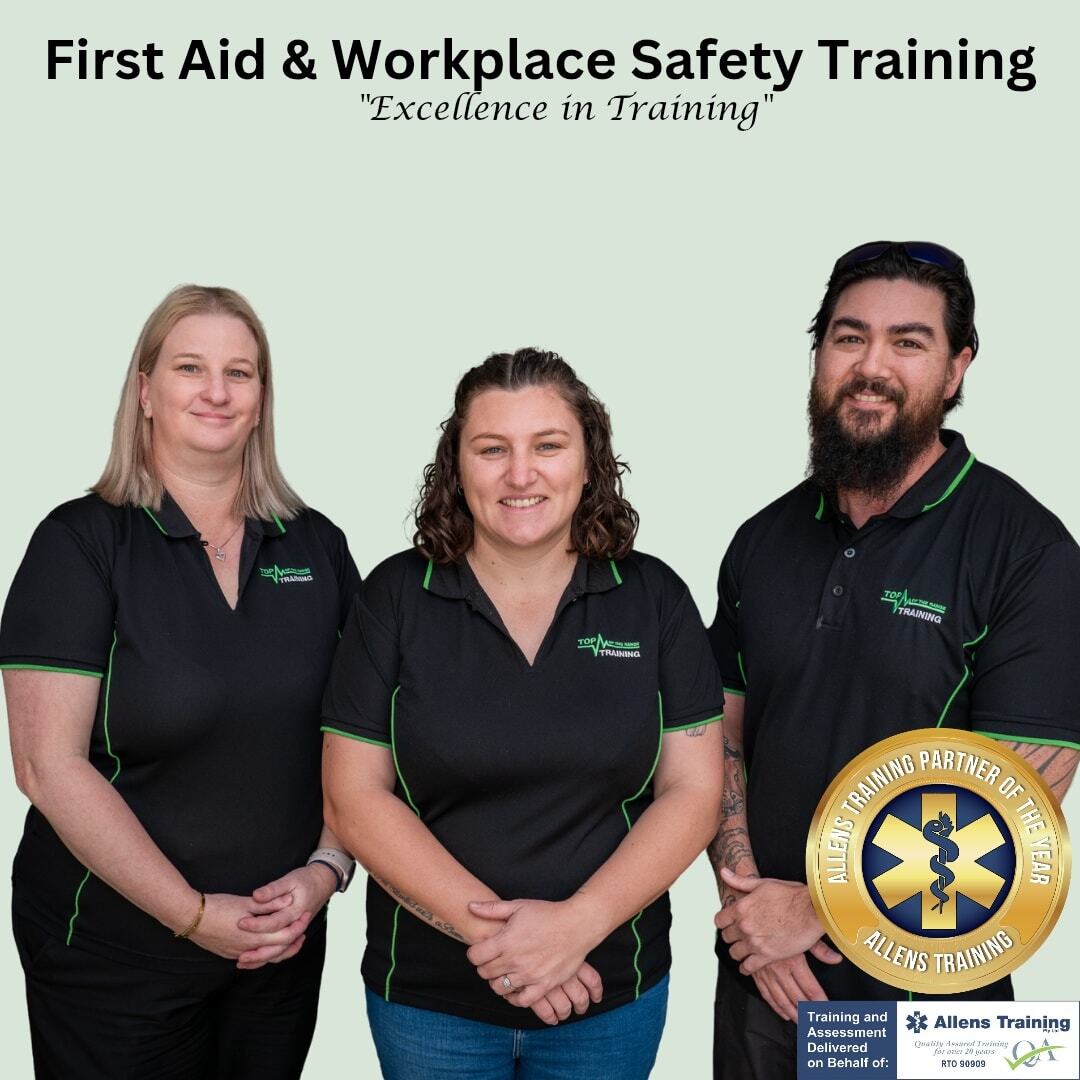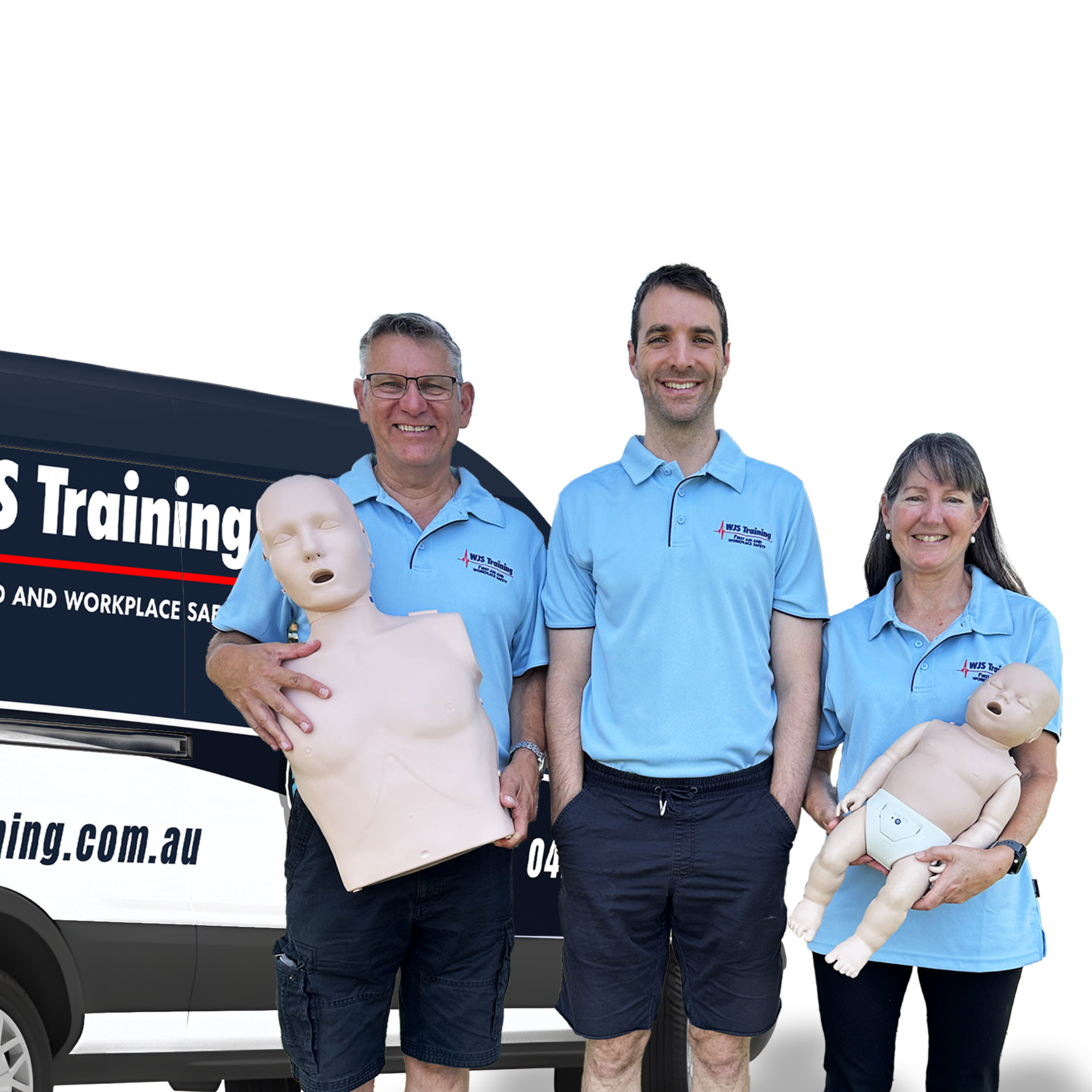Who needs LVR training & what are the prerequisites?
Typical roles: electricians, electrical apprentices, ESI and rail teams (including rail work functions), solar installers, facilities and maintenance, plus designated spotters working around live low voltage equipment.
What you may need (varies by site and course):
- Current electrical licence or a relevant ESI/Electrotechnology qualification
- Prior units covering WHS and First Aid (knowledge required for safe systems of work)
- Photo ID and a USI (Unique Student Identifier)
- Sufficient English language for instructions and assessment (visual interpretation skills are helpful for diagrams and signage)
- Reasonable physical fitness for floor-based CPR
Note for apprentices: If you’ve completed core units at TAFE, you may already meet the pre-requisite unit needs—check before booking.
LVR certification validity & renewal
- LVR (UETDRMP018): plan to refresh every 12 months (common employer expectation).
- CPR (HLTAID009): refresh every 12 months under Australian Resuscitation Council guidelines.
- If your card has expired, it’s treated as not current. Book a refresher and you’ll be back on site quickly.
For further information, follow your PCBU/employer policy and the Australian Resuscitation Council updates.
What the training covers (skills and scenarios)
Low Voltage Rescue (UETDRMP018)
- Hazard checks, safe approach distances and isolation at the nearest safe point
- Simple lock-out/tag steps where required
- Rescue equipment: insulated rescue crook, gloves, fire blanket and how to deploy each item
- Controlled extraction from a live LV panel and handover to professional medical responders
CPR & First Aid (HLTAID009 / HLTAID011)
- DRSABCD action plan and calling for help
- Airway and breathing checks, Automated External Defibrillator setup
- Adult cardiopulmonary resuscitation (CPR) — ratio 30:2
- Recovery steps and the recovery position
- Incident reporting and first responses to common electrical emergencies
Assessment standard: You must show at least two minutes of uninterrupted adult CPR on a floor-placed manikin (five cycles of 30:2) and successfully complete all practical demonstration skills.





